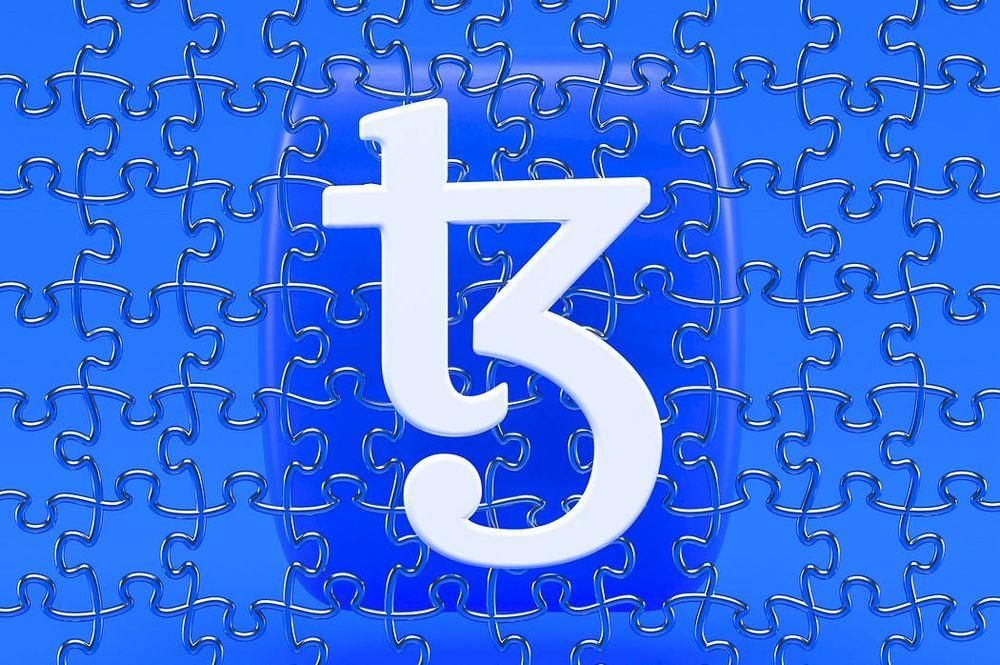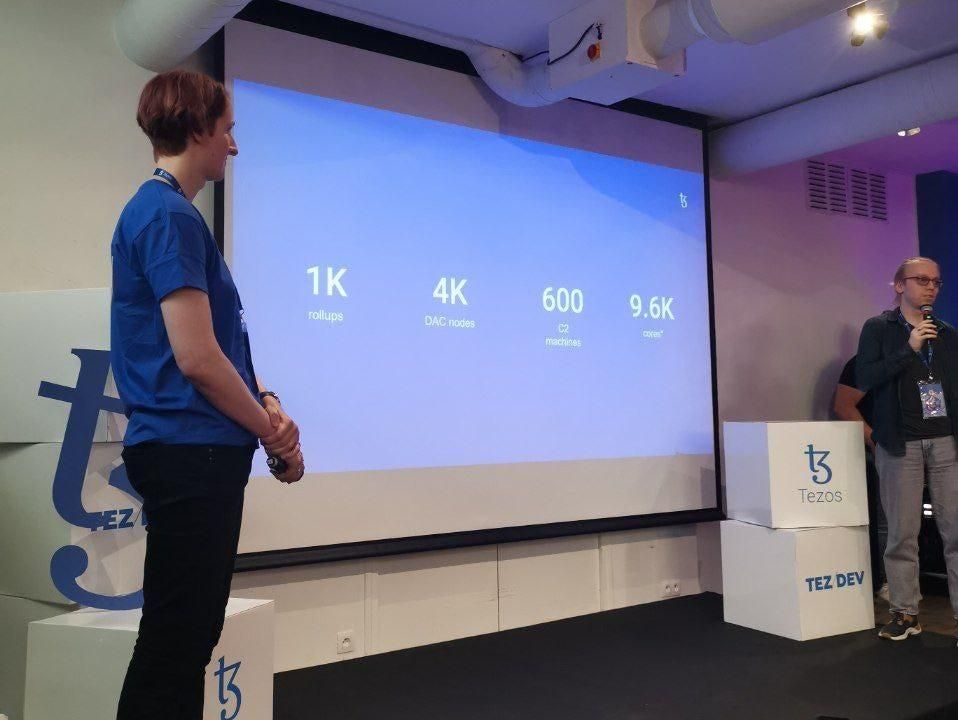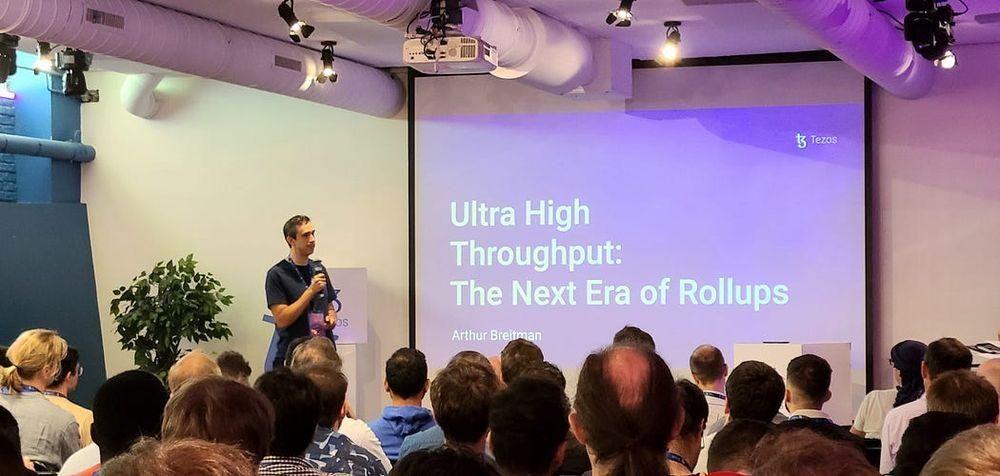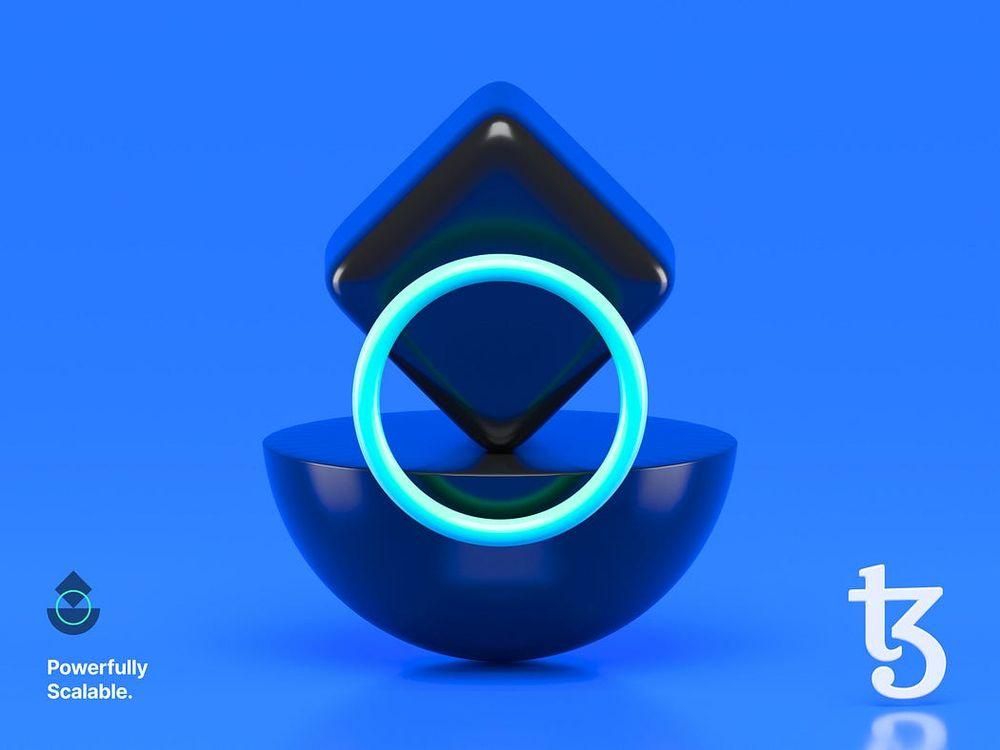Tezos Smart Rollups: What's Next?
We look into some of the recent developments and announcements around this amazing technology on Tezos.
Originally published at Tezos Commons News
800 words, 4 minute read

Just a few months ago, I wrote a two part article about “Rollups on Tezos” in which I tried to explain what rollups are and how they were going to be implemented on Tezos. In case you missed them, you can find them here: Part I, Part II.
The tl;dr is that Tezos has implemented a unique version of optimistic rollups that are also “enshrined”, meaning they are part of the Layer 1 protocol, including being fully decentralized. One of the most important takeaways though, is that these rollups are based on WebAssembly (WASM) and they are highly customizable, allowing developers to create rollups with different VMs and parameters that fit their specific needs.
With that in mind, in this article we will look into some of the recent developments and announcements around this amazing technology on Tezos.
What’s coming? Let’s Take a Look #
“Tezos on Tezos” (Michelson VM) Rollup
One of the first rollups that started being developed after the smart rollups activation on Tezos is the “Tezos on Tezos” rollup by the Baking Bad team. According to their Github, the “Tezos on Tezos” rollup will be an application-specific Tezos-compatible rollup that will have reduced operational costs (contract automation, oracles), custom MEV-resistant solution, chain-native tokenomics, and contract wallets as first-class citizens (account abstraction).
Etherlink is a layer-2 solution for the Tezos blockchain that is designed to provide scalability and compatibility with Ethereum-based applications.
Essentially, it allows developers to build applications on Tezos that are compatible with the Ethereum Virtual Machine (EVM), which is the software that powers the Ethereum blockchain. This means that developers will be able to deploy smart contracts written in Solidity and users will be able to connect with their MetaMask wallet.

Although this is not a rollup in itself, one of the most important announcements around Tezos rollup development has been the ‘Data Availability Layer’ (DAL) that is being worked on by Nomadic labs, Marigold, Functori, and Trilitech.
To fully leverage the potential of smart rollups, one crucial challenge must be addressed: ensuring the availability of rollup transaction data without burdening Layer 1 blocks with excessive data storage. The Tezos protocol must guarantee that the execution results carried out off-chain in Layer 2 are accessible for verification purposes. This problem is commonly known as the data-availability problem, and it’s a key concern in scaling blockchain systems with Layer 2 solutions.
To tackle this challenge, the core teams mentioned above are working on a groundbreaking data solution called the Data-Availability Layer (DAL) for Tezos. The DAL represents a fully decentralized approach to store data and ensure its availability through Layer 1 consensus, involving the participation of bakers.
DAL will operate as an independent peer-to-peer (P2P) network that runs parallel to Tezos’ Layer 1. It will allow data to be submitted and retrieved while maintaining the required integrity and availability.

Even though we already saw a mind blowing 1 million transaction per second (TPS) demonstration at the recent TezDev 2023 where they used Data Availability Committees, the DAL represents a crucial step forward in addressing the data-availability problem and unlocking Tezos’ full scalability potential without compromising decentralization and security.
Ultra-High Throughput (UHT) Rollup

Another important announcement that was made during TezDev 2023 was the Ultra-High Throughput (UHT) Rollup. Although there are not a lot of details available, according to Arthur Breitman’s keynote speech, the goal with UHT is to create an “all in one” rollup which will have low latency, interoperability, and composability.
UHT will support EVM contracts, Michelson contracts, Rust, Go, C++, and more and it will be compatible with both EVM and Tezos indexers. Further, users will be able to use Metamask and Tezos wallets in the same rollup!
While this kind of rollup will require a “beefy” machine to run, it’s important to remember that with Tezos’ smart rollups you only need one honest node to verify the state of the rollup and that makes this goal achievable without sacrificing decentralization. To learn more about UHT you can watch the full recording of Arthur Breitman’s presentation at TezDev here.

I’ve said it before and I will say it again. To achieve mass adoption of the blockchain technology you need to be able to scale. Your blockchain needs the capacity to support the scaling efforts and do it without sacrificing decentralization, which is something Tezos is doing.
With that in mind and with the significant strides Tezos is making with smart rollups, Tezos is positioning itself as a dark horse in the blockchain space. The future of Tezos and its smart rollups looks bright. Don’t be surprised when this dark horse pulls away from this tightly contested blockchain race.